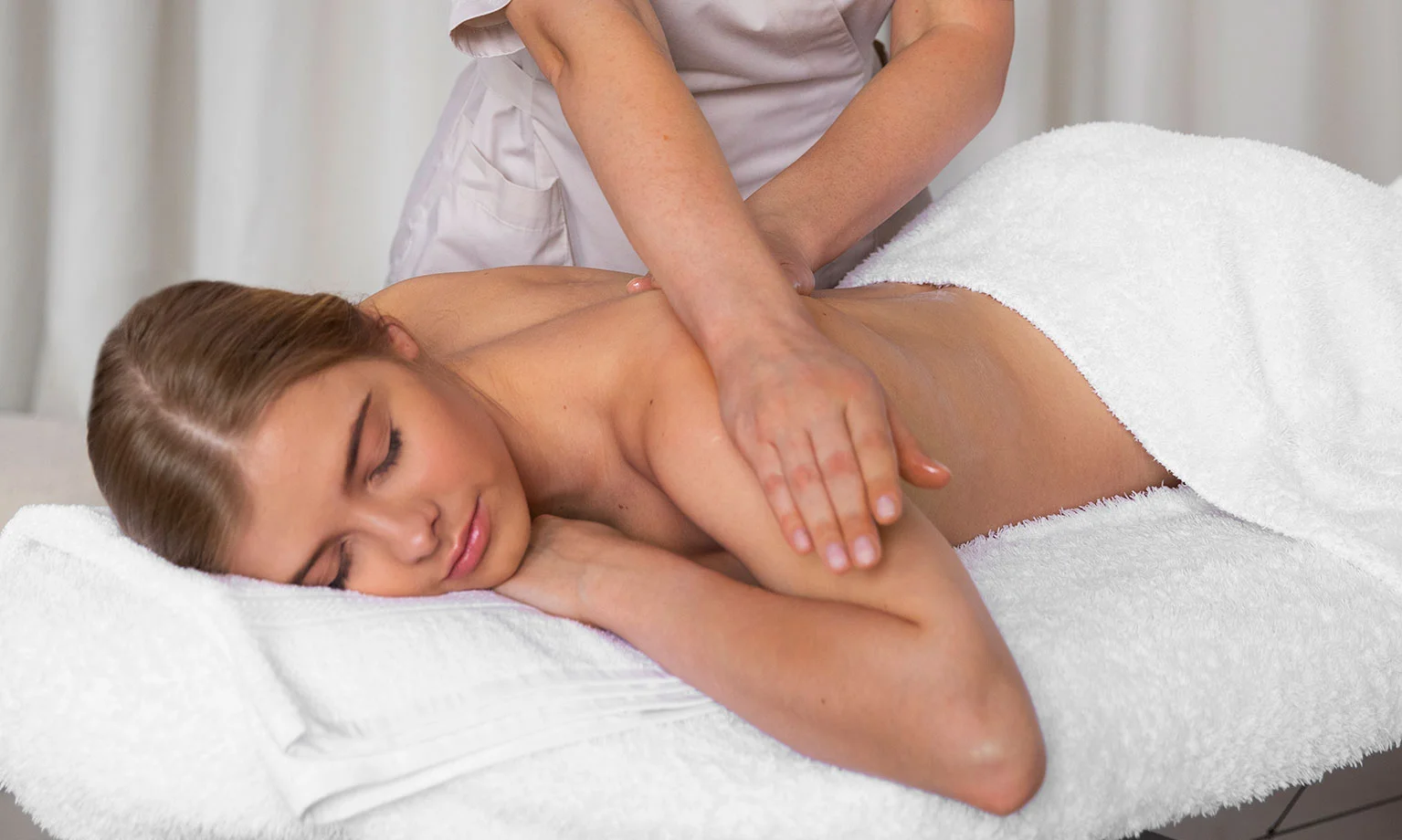Deep Tissue Massage
Best Deep Tissue Massage Therapy in Edmonton
During a deep tissue massage, your therapist applies heavy pressure to alleviate tension and stiffness held deeply within your muscles and connective tissues. Deep tissue massage is a powerful full-body massage technique that’s primarily used to help with recovery from injury.
In can also alleviate the symptoms of conditions such as:
- Fibromyalgia
- Plantar fasciitis
- Tennis elbow
- Sciatica
- High blood pressure
If you’re struggling with a knotty shoulder or a stiff back, a deep tissue massage could be just what you need. This massage technique can also be helpful in improving posture, encouraging restful sleep, and increasing flexibility—alongside its ability to boost general mental health and wellbeing

A deep tissue masseur uses slow, firm strokes to alleviate tightness and break up scar tissue that may have formed. Your practitioner will apply controlled and steady pressure, often targeting the inner layers of your muscles and connective tissues, focusing on any problem areas.
These firm actions encourage blood flow to the area, which can help speed up injury recovery and reduce inflammation. This type of massage also releases feel-good hormones such as serotonin and endorphins, so that you feel wonderfully relaxed afterward.


Before the massage, your massage therapist will have a chat with you and ask if there are any problem areas that need attention. If there’s anything else your therapist needs to know about, such as arthritic joints, this is the time to alert them. When you’re ready to start, you’ll usually strip down to your underwear—you can choose your level of undress, although the area being treated will need to be exposed.
You’ll then lie on your back or stomach. Your therapist will cover you with a sheet, leaving the area to be treated uncovered. The therapist will apply massage oil and start massaging your skin using light touches, to warm up your muscles. They will then begin to work on your problem areas, deeply kneading and applying strokes using differing amounts of pressure.

